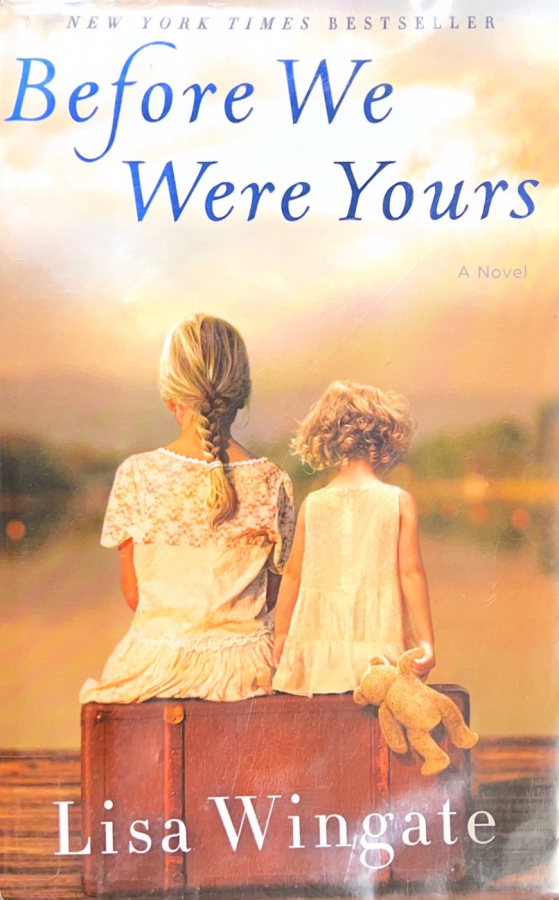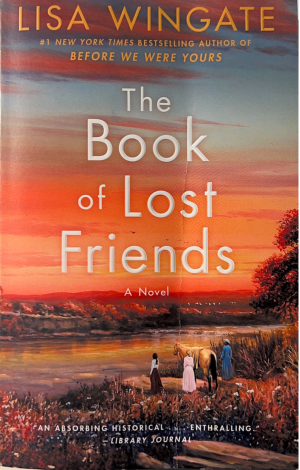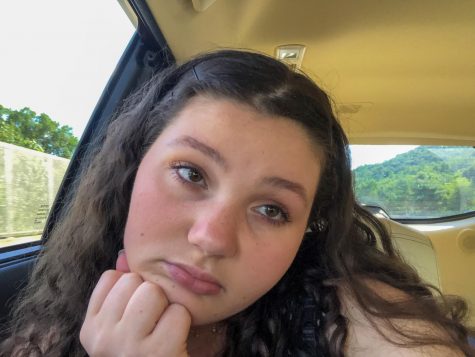Lisa Wingate’s “Before We Were Yours”: A Mysterious and Heartbreaking Collision of the Past and Present
December 23, 2021
“For the hundreds who vanished and for the thousands who didn’t. May your stories not be forgotten. For those who help today’s orphans find forever homes. May you always know the value of your work and your love.”
Immediately after reading Wingate’s “The Book of Lost Friends,” (also reviewed on The Fanscotian!) I found myself fiending for a dual-timeline story that was written with as much grace and complexity. Like fate, I stumbled upon Wingate’s “Before We Were Yours” on my routine Google search after finishing any novel I enjoyed. And I have to say, what a surprise this book was.
“Before We Were Yours” is an emotional and moving book inspired by true events. Through the telling of this story, Wingate sheds light on the real life actions of Georgia Tann, a woman that ran a black-market child trafficking ring disguised as a legitimate adoption agency for decades in Tennessee. She catered to the rich and famous, providing young children to those who could afford to pay her outrageous price. She made millions of dollars by kidnapping and selling hundreds of children.
The book spans generations, alternating between present day and the peak of the Depression Era. The past is narrated by the oldest Foss sibling, Rill (also known as May). Avery Stafford, an accomplished prosecutor and daughter of a prominent Senator, narrates the present-day story. Gradually, through unforeseen events, the two storylines intersect and previously lost connections are brought to light.
The fictional story of the five Foss children parallels the experiences of hundreds of victims of Georgia Tann’s illegal adoption center, the Tennessee Children’s Home Society. The children were stolen from their riverboat in 1939, while their parents were in the hospital for complications with childbirth. Left alone, the Foss children were kidnapped by corrupt police officers that worked for Tann.
The children are immediately thrown into a grim and miserable world. The owners of the “orphanage” are abusive and cruel. Tragedy and loss become all that they know as they are stripped of their identities. Separated, renamed and adopted out, their lives are forever changed.
Avery Stafford first meets May when she is visiting a nursing home for her father’s political campaign. Something about May brings Avery to her. Later, when she is contacted by administration that May stole her bracelet, Avery goes against guidelines and meets with May. Their first meeting is the trigger to an unexpected series of events.
Avery begins to dig into her past. She is determined to discover the connection between her grandmother, who suffers from dementia, and the mysterious woman from the nursing home. In her moments, a flash of recognition shines in her grandmother’s eyes when Avery mentions May. However, the information is jumbled and vague. Avery sets off to follow the cryptic clues of her grandmother’s secrets, despite knowing it could be the downfall of her highly honored family.
Dual timeline stories have never been my cup of tea, but it seems that Wingate is in the process of converting me. The story was well developed and did not feel forced – my usual complaint when it comes to split-timeline stories. Whether it be “The Book of Lost Friends” or “Before We Were Yours,” Wingate beautifully integrates stories that are generations apart, creating an entire fictional world around one of the most shocking adoption-trafficking stories in American history.
The fact that this story is based around the Tennessee Children’s Home Society never once left my mind. Despite knowing the Foss children were fictional, knowing that they were sharing a horrific reality with hundreds of children was extremely impactful — overwhelmingly so. Many parts of the novel were hard to digest, but Wingate’s efforts finally shed light on a previously obscure incident.
The Foss children are the backbone of the story. Their tale was one of loss, grief and hardship yet it was also one of resilience and hope. This novel both pulls on the heartstrings and stirs outrage and fear, but the story itself is about familial bonds and the strength of spiritual connection, no matter the time or place.




